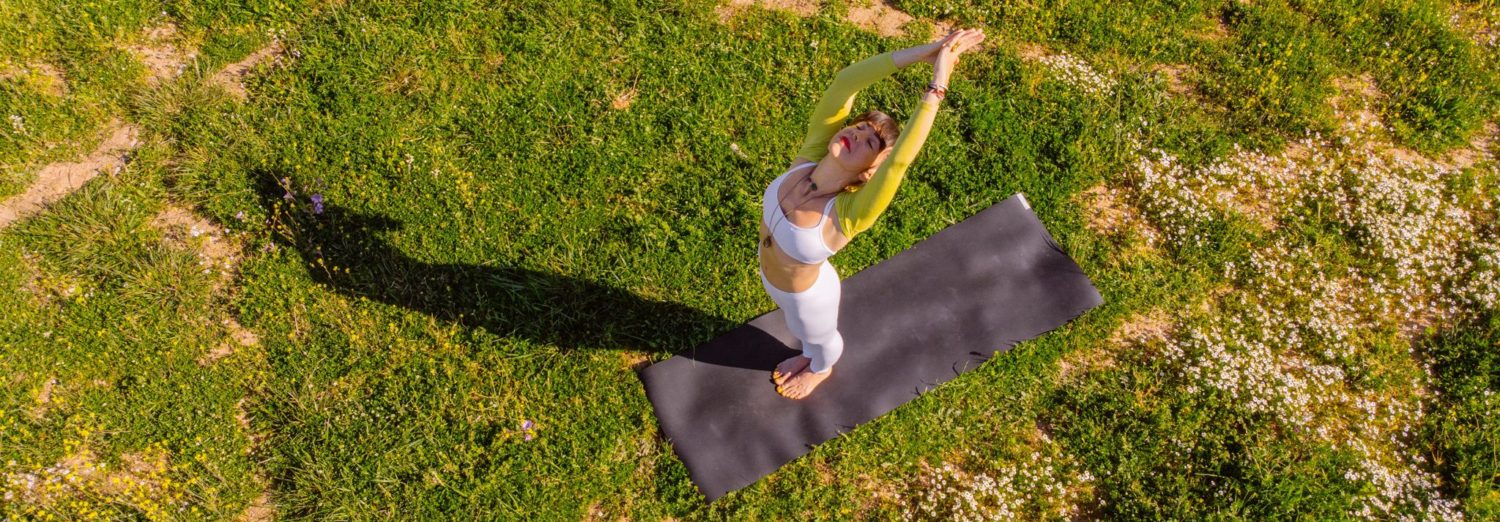
Overcoming the Inner Barriers to Growth: The Kleshas
Personal and spiritual growth is a journey toward greater peace, understanding, and fulfillment, but it is rarely a straightforward path. Along the way, we often encounter invisible barriers—mental and emotional blockages—that prevent us from progressing. These obstacles may seem external initially, but they are deeply rooted within us, shaped by our thoughts, beliefs, and habits. In yoga, these barriers are called the kleshas, five internal obstacles that cloud our judgment and keep us stuck in cycles of suffering.
The concept of the kleshas, outlined by the ancient sage Patanjali in the Yoga Sutras, offers profound insight into how our minds create self-imposed limitations. These mental afflictions—ignorance, egoism, attachment, aversion, and fear—act as barriers to our spiritual and personal growth, clouding our judgment, distorting our perceptions, and keeping us trapped in cycles of suffering. By becoming aware of these inner obstacles, we can begin the process of releasing their grip and cultivating a more balanced, mindful, and spiritually fulfilling life.
This post will explore the five kleshas and how they manifest in our daily lives, obstructing our ability to experience true freedom and growth. Understanding these afflictions (why we suffer) is the first step toward releasing their grip and cultivating a more balanced, mindful, and spiritually fulfilling life.
Let’s take a quick look at the five kleshas:
WHAT ARE THE 5 KLESHAS
1. Avidya (Ignorance)
Avidya is the root of all suffering—it’s our misunderstanding that things we hold onto (like love or relationships) are permanent when they’re not. Recognizing the impermanence of life helps free us from unrealistic attachments. EVERYTHING is constantly changing and in motion; every thought, every emotion, every cell, every atom, every part of nature, and of course, even our human body. Our soul is what many believe is the only thing that stays constant.
2. Asmita (Egoism)
Asmita is the false sense of self—our attachment to the ego leads us to believe that our individual self -the ego-(who we think we are) is separate and independent from the world around us. This creates pride, selfishness, and separation, causing unnecessary suffering when we cling to our “identity.”
3. Raga (Attachment)
Raga is our craving for pleasurable experiences or things. We become overly attached to people, objects, or fleeting moments of joy, that bring us temporary pleasure or satisfaction, often at the expense of our well-being. This attachment turns into a deep inability to let go, which only leads to more longing.
4. Dvesha (Aversion)
Dvesha is the opposite of attachment—it’s our tendency to reject or avoid people, things, emotions, or experiences that we find uncomfortable or painful. Rather than embracing discomfort as a part of life, we push it away, which only increases our suffering.
5. Abhinivesha (Fear of Death/Clinging to Life)
Abhinivesha is our fear of change, particularly death. It refers to the fundamental human tendency to resist change, particularly the inevitable change of death and transience, and the instinctive desire to hold on to life and material existence at all costs. It causes anxiety and insecurity. Embracing the cyclical nature of life helps us overcome this fear. Easier said than done!
HOW TO NAVIGATE THROUGH THEM
Incorporating the practice of yoga into your life can purify the mind and dissolve these kleshas, leading to clarity and freedom from suffering. Even outside of formal practice, cultivating awareness through reading, reflection, and discussion can help. Here are some practical ways you can address each klesha:
AVIDYA
Self-Inquiry: Question your attachment to impermanent things. Seek truth through spiritual study (of all kinds) and self-reflection. (there is a hint of journaling here)
Meditation and Mindfulness: Cultivate awareness to cut through mental illusions and recognize impermanence. Search for truth. The brain makes up a lot of stuff.
ASMITA
Reflection: Analyze if your thoughts, actions, and motivations stem from your true self or the ego.
Selflessness: Engage in acts of service and kindness without expectation, helping to diminish egoic tendencies. Are these acts coming from your heart or ego?
RAGA
Mindfulness of Desires: Observe desires without acting immediately, reducing cravings. Being mindful helps you reduce your attachment to sensory pleasures.
Practice Contentment (Santosha): Focus on what you have (not what you lack) and accept the present moment without longing for more.
DVESHA
Compassion: Develop compassion for what or who you resist, understanding their struggles as part of a larger whole.
Mindfulness of Emotions: Observe aversions as passing emotions that do not define you. They arise and they subside, but they are not who you are.
ABHINIVESHA
Surrender and Trust: Embrace the natural flow of life and trust in the cyclical nature of existence. Go out and watch nature change, just like you.
Contemplate Impermanence: Reflect on the transient nature of life especially the physical body, accepting change and letting go of fear. Its the process.
EMPOWER YOURSELF TO OVERCOME THE BARRIERS
The kleshas are powerful forces that hinder personal and spiritual growth. After all, we’re human, and these obstacles will arise! But with practice, we can navigate them and uncover the peace that lies beneath. The path of yoga provides tools to work with these obstacles, ultimately leading to greater freedom, peace, and realization of our true, unchanging nature.
Who wants to suffer? By gradually reducing the influence of the kleshas, we open ourselves to true freedom and spiritual liberation—a warm, peaceful embrace that is always within reach. (And I love a good hug!)
Check out my post about the ethical practices in the Yoga Sutra’s 8 Limb Path. It can be a nice start to gaining some insight or making some daily changes to set yourself up for less suffering!

